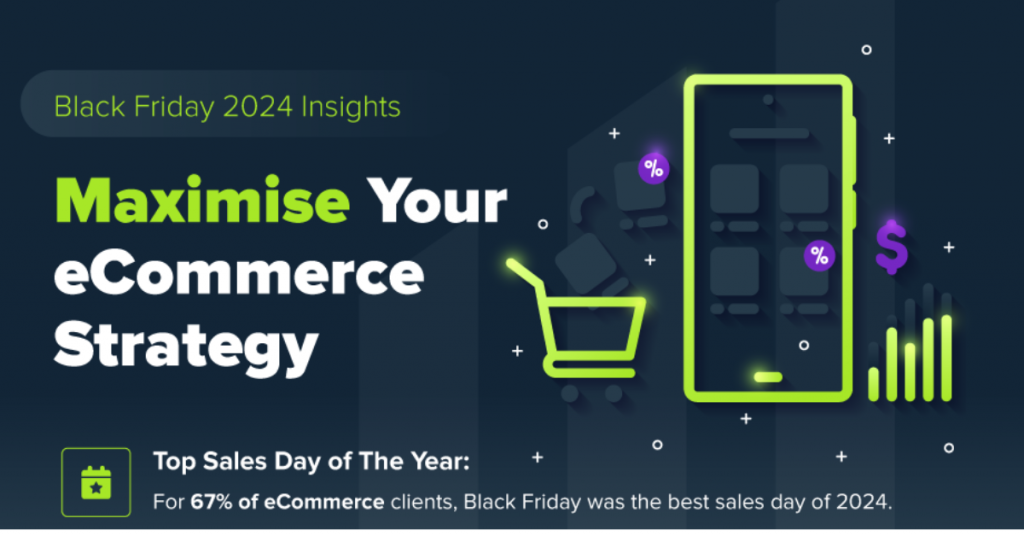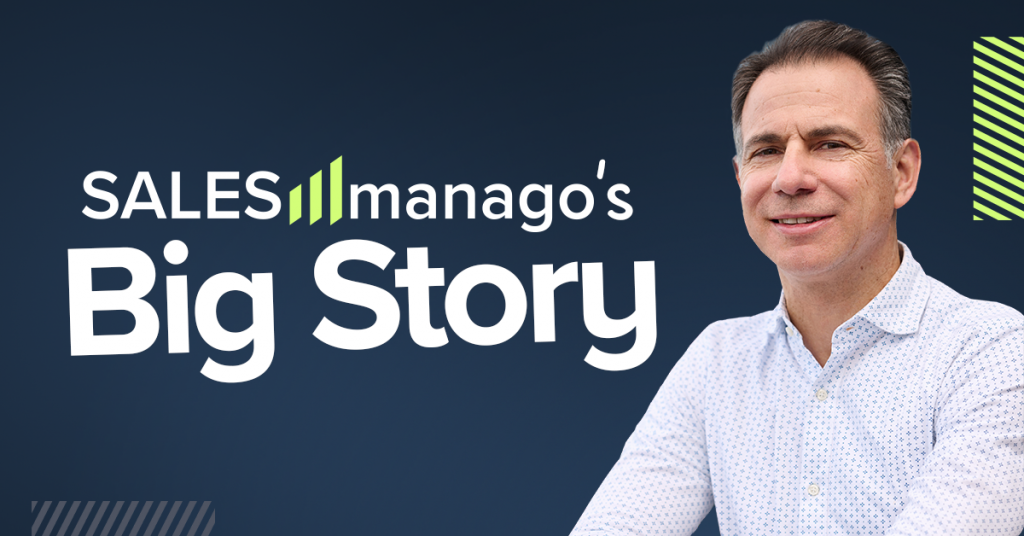
Personalisation has become a key strategy for eCommerce businesses looking to engage customers, drive sales, and build brand loyalty. By tailoring marketing messages and experiences to individual customers, marketers can create a more relevant and impactful customer journey. In this article, we will explore four essential steps to achieving effective personalisation in eCommerce and, in effect, eliciting Customer Intimacy. This, in turn, results in a stable, high quality customer base and reduction in growth costs.
Interested in how well your company pesonalises marketing communication? Take a Cupid Score!
Step 1: Gathering Customer Data
Building comprehensive customer profile
To create personalised marketing campaigns, ambitious eCommerce marketing teams must start by collecting and organizing customer data. Customer Data Platforms (CDPs) allow companies to centralize data from various sources and build comprehensive customer profiles. It is called a 360 degree customer profile. By integrating data from multiple touchpoints, including website interactions, social media engagement, and purchase history, eCommerce can gain valuable insights into customer preferences and behaviors.
Conducting Customer Surveys, Website Analytics, and Social Media Monitoring
In addition to leveraging CDPs, gathering data also involves conducting customer surveys, analyzing website analytics, and monitoring social media activities. Surveys provide direct feedback from customers, while website analytics and social media monitoring offer valuable insights into customer preferences, interests, and online behavior. This information helps businesses understand their customers better and tailor marketing messages accordingly. All this data also enriches 360 degree customer profile.
Monitoring Purchase History and Demographic Information
A crucial aspect of personalisation is understanding customer buying habits and demographic information. By monitoring purchase history,marketing teams can identify patterns, preferences, and cross-selling opportunities. Demographic data such as age, gender, and location can also be used to segment customer groups and create more targeted campaigns.
Having a Systematic Process in Place for Gathering Customer Data
To ensure the effectiveness of personalisation efforts, businesses should establish a systematic process for gathering customer data. This includes implementing data collection mechanisms across various customer touchpoints, ensuring data privacy and compliance, and regularly updating and refining customer profiles.
Step 2: Segmenting Customer Base and Tailoring Messages to Different Groups
Segmenting by Demographics, Such as Age, Gender, and Location
Segmentation is a powerful tool for personalisation. By categorizing customers based on demographics, marketing teams can create messaging that resonates with specific groups. For example, different age groups may have different preferences and needs, and tailoring marketing messages accordingly can significantly increase engagement and conversions.
Segmenting by Purchase History and Interests
Segmenting customers based on their purchase history and interests allows eCommerce to deliver highly targeted messaging. By analyzing past purchases and customer preferences, marketers can recommend relevant products, offer personalised discounts, and provide tailored content that aligns with individual interests.
Using Zero-Party and First-Party Data to Create Personalised Messaging
Zero-party data, voluntarily provided by customers, and first-party data collected directly from customer interactions, are invaluable assets for personalisation. By leveraging these data sources, lean marketing teams can craft individualised messaging that addresses specific customer needs, preferences, and pain points, fostering a deeper connection, driving conversions, and eliciting Customer Intimacy.
Interested in what Customer Intimacy brings to your eCommerce? Read our Ebook!
Segmenting by Loyalty Level
Customer loyalty is a significant indicator of engagement and purchasing behavior. Segmenting customers based on their loyalty level allows businesses to reward and engage their most valuable customers while also nurturing relationships with new or potential customers. Tailoring marketing messages based on loyalty level ensures that customers feel valued and understood.
Step 3: Using Technologies or Tools to Personalise Marketing Messages
Using Customer Data Platform and Marketing Automation Software
To effectively manage and leverage customer data, businesses can employ Customer Data Platforms (CDPs) and marketing automation software. CDPs enable marketing teams to unify customer data, create detailed customer profiles, and orchestrate personalised campaigns across multiple channels. Marketing automation software streamlines and automates messaging, ensuring consistent and timely delivery to customers.
Using Social Media and/or Email Marketing Tools to Create Targeted Campaigns
Social media platforms and email marketing tools provide powerful avenues for personalisation. By leveraging customer data, marketing teams can create targeted campaigns that deliver content and offers tailored to the individual customers. Social media platforms allow ambitious marketers to reach customers based on their interests, demographics, and online behavior. Email marketing tools enable eCommerce to send personalised emails tailored to individual customer preferences and purchase history, increasing the likelihood of engagement and conversions.
Using Customer Relationship Management (CRM)
Legacy Customer Relationship Management (CRM) systems, although not nearly as efficient as CDPs, can still be a moderately effective personalisation tool. CRM systems enable eCommerce marketers to store and manage customer data, track interactions, and gain insights into customer behavior and preferences. By leveraging CRM data, marketers can, to some degree, personalise marketing messages, streamline customer communications, and provide a seamless customer experience.
Step 4: Measuring the Success of Personalised Marketing Campaigns
Measuring the Conversion Rate of Personalised Campaigns and Comparing It to the Conversion Rate of Generic Campaigns
Measuring the success of personalised marketing campaigns involves analyzing conversion rates. By comparing the conversion rates of such campaigns with generic ones, marketers can evaluate the effectiveness of their efforts. Higher conversion rates for personalised campaigns indicate that tailored messaging and experiences resonate better with customers, leading to increased sales and revenue.
Measuring Customer Intimacy Metrics – Customer Lifetime Value, Customer Retention, Churn, Average Order Value
In addition to conversion rates, other key metrics provide valuable insights into the success of personalised marketing campaigns. These metrics are even more important, as they show the effect of the efforts to build true Customer Intimacy, that results in stabilising customer base and reducing the cost of growth. Customer Lifetime Value (CLV) measures the long-term value a customer brings to a business, indicating the effectiveness of marketing team’s efforts to foster customer loyalty. Customer retention and churn rates reflect customer satisfaction and loyalty, while Average Order Value (AOV) indicates the impact of personalisation on customer spending habits.
Open and Click-through Rates of Personalised Emails and Comparing Them to Industry Benchmarks
For email marketing campaigns, open and click-through rates are crucial indicators of engagement and effectiveness. Monitoring the open and click-through rates of personalised emails allows marketing teams to assess customer interest and the impact of their efforts. Comparing these rates to industry benchmarks provides valuable context and helps identify areas for improvement.
Tracking the Number of Website Visits and Sales Generated by Personalised Marketing Efforts and Comparing Them to Overall Website Traffic and Sales
To gauge the impact of marketing efforts, marketers should track the number of website visits and sales specifically generated through personalised campaigns. Comparing these figures to overall website traffic and sales provides insights into the effectiveness of personalisation in driving customer engagement and conversions.
The conclusion
Effective personalisation in eCommerce requires a systematic approach that involves gathering customer data, segmenting the customer base, utilizing relevant technologies and tools, and measuring campaign success. By following these four steps, eCommerce marketing teams can create personalised marketing campaigns that resonate with customers, foster stronger connections, and drive sales, ultimately leading to increased customer satisfaction and loyalty in the competitive eCommerce landscape.
 Follow
Follow
















